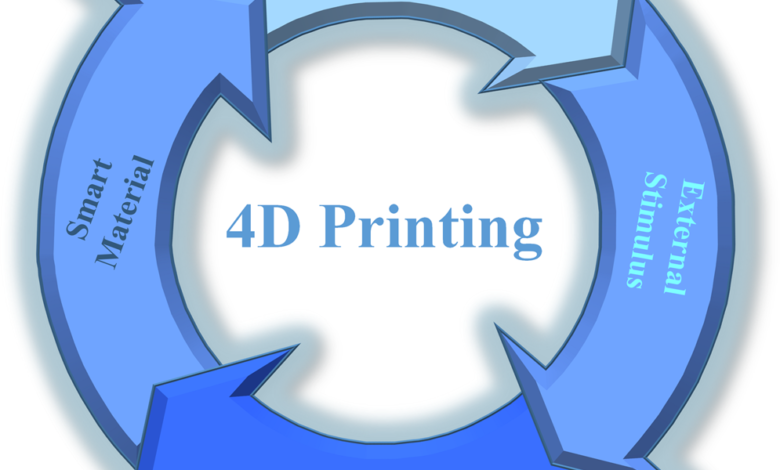4D printing: exploring the possibilities of materials that can self-assemble and adopt

4D printing is an advanced technology that involves creating 3D-printed objects with materials that can self-assemble and adapt to their environment over time. Unlike traditional 3D printing, which produces static objects, 4D printing enables objects to change their shape or function in response to external stimuli, such as temperature, moisture, or light.
This technology involves the use of materials that have the ability to transform themselves when subjected to certain stimuli, such as shape-memory alloys, hydrogels, and smart materials. By carefully designing and programming the structure of these materials, it is possible to create objects that can transform themselves into different shapes or perform different functions over time.
The potential applications of 4D printing are numerous and varied, ranging from self-assembling furniture and structures to medical implants that can adapt to the changing needs of a patient’s body. This technology could also be used to create self-repairing materials that can heal themselves when damaged or to develop new types of sensors and actuators that can respond to changes in their environment.
Overall, 4D printing represents a major advance in the field of additive manufacturing, opening up new possibilities for the creation of dynamic, responsive, and adaptive materials that can transform the way we interact with the world around us.
In addition to its potential applications, 4D printing also presents some unique challenges and opportunities for research and development. Scientists and engineers are still exploring the full range of possibilities for 4D printing materials, as well as the best methods for designing and programming these materials to achieve specific outcomes.
One area of focus for 4D printing research is developing more sophisticated methods for controlling the behavior of self-assembling materials. This involves understanding the underlying mechanisms of how materials respond to external stimuli, as well as developing advanced algorithms and computational models to predict and control their behavior.
Another important area of research is developing new types of 4D printing materials that can respond to a wider range of stimuli, such as electrical or magnetic fields. This could enable the creation of new types of smart materials that can perform complex functions, such as controlling the flow of fluids or changing their color or texture.
As 4D printing technology continues to evolve, it is likely to have a major impact on a wide range of fields, from manufacturing and construction to medicine and biotechnology. With its ability to create self-assembling, self-repairing, and adaptive materials, 4D printing represents a major leap forward in our ability to create dynamic and responsive structures and devices that can adapt to changing conditions in real-time.



